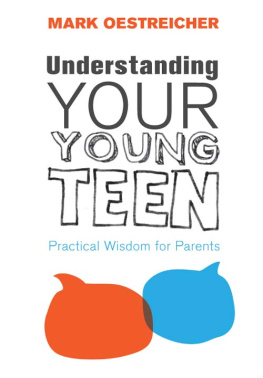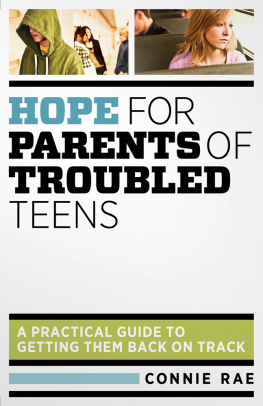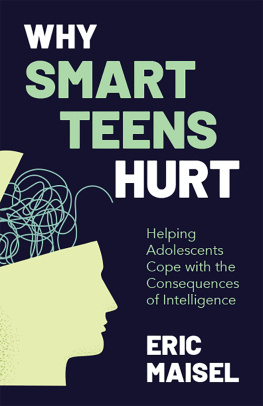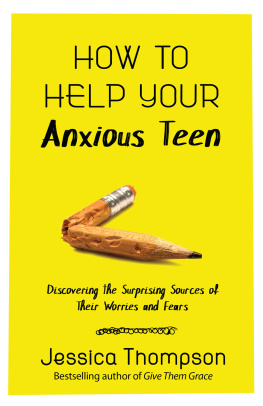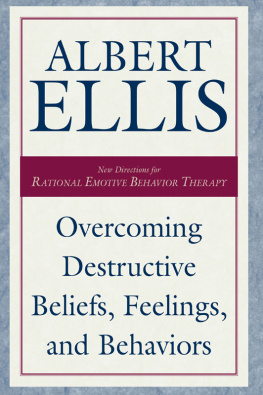Cynthia S. Kaplan - Helping Your Troubled Teen: Learn to Recognize, Understand, and Address the Destructive Behavior of Todays Teens and Preteens
Here you can read online Cynthia S. Kaplan - Helping Your Troubled Teen: Learn to Recognize, Understand, and Address the Destructive Behavior of Todays Teens and Preteens full text of the book (entire story) in english for free. Download pdf and epub, get meaning, cover and reviews about this ebook. year: 2007, publisher: Fair Winds Press, genre: Home and family. Description of the work, (preface) as well as reviews are available. Best literature library LitArk.com created for fans of good reading and offers a wide selection of genres:
Romance novel
Science fiction
Adventure
Detective
Science
History
Home and family
Prose
Art
Politics
Computer
Non-fiction
Religion
Business
Children
Humor
Choose a favorite category and find really read worthwhile books. Enjoy immersion in the world of imagination, feel the emotions of the characters or learn something new for yourself, make an fascinating discovery.

- Book:Helping Your Troubled Teen: Learn to Recognize, Understand, and Address the Destructive Behavior of Todays Teens and Preteens
- Author:
- Publisher:Fair Winds Press
- Genre:
- Year:2007
- Rating:5 / 5
- Favourites:Add to favourites
- Your mark:
Helping Your Troubled Teen: Learn to Recognize, Understand, and Address the Destructive Behavior of Todays Teens and Preteens: summary, description and annotation
We offer to read an annotation, description, summary or preface (depends on what the author of the book "Helping Your Troubled Teen: Learn to Recognize, Understand, and Address the Destructive Behavior of Todays Teens and Preteens" wrote himself). If you haven't found the necessary information about the book — write in the comments, we will try to find it.
The first adolescent primer on the market
Destructive trends among todays youth are growing, making life very different from when their parents were growing up. The primary four self-destructive behaviors in adolescence today are excessive alcohol and substance abuse, promiscuity, self mutilation (ie: cutting and burning), and eating disorders. These will be covered in detail, along with other issues like Internet addiction and suicide. These problems are not only detrimental to teens mental and physical health, but the legal consequences for injurious behavior have also changed. Identification and prevention are the most important aspects in stopping teenage self-destructive behavior. This book offers a comprehensive look at teens self destructive behavior and gives parents solutions for dealing with it. Helping Your Troubled Teen instructs parents on how to identify an at-risk adolescent and discuss warning signs of injurious behavior, before the problem(s) become severe enough that a child is in crisis and/or legal actions are taken against them. Personal anecdotes and testimonials from both parents and their teenagers who have been confronted with and have engaged in self-destructive behavior are also included.
McLean Hospital is the largest psychiatric teaching facility of Harvard Medical School. Founded in 1811 as the original psychiatric department of the MGH, it moved to Belmont in 1895. McLean Hospital operates the largest psychiatric neuroscience research program of any Harvard University-affiliated facility and of any private psychiatric hospital in the country. The Child and Adolescent Program at McLean Hospital is one of the foremost clinical programs for helping young people and their families cope with psychiatric illness and the challenges it often brings. There are extensive ties with community services, and each therapeutic program of children and adolescents in inpatient, residential and outpatient services is tailored to the specific needs of the child and family.
Cynthia S. Kaplan: author's other books
Who wrote Helping Your Troubled Teen: Learn to Recognize, Understand, and Address the Destructive Behavior of Todays Teens and Preteens? Find out the surname, the name of the author of the book and a list of all author's works by series.

